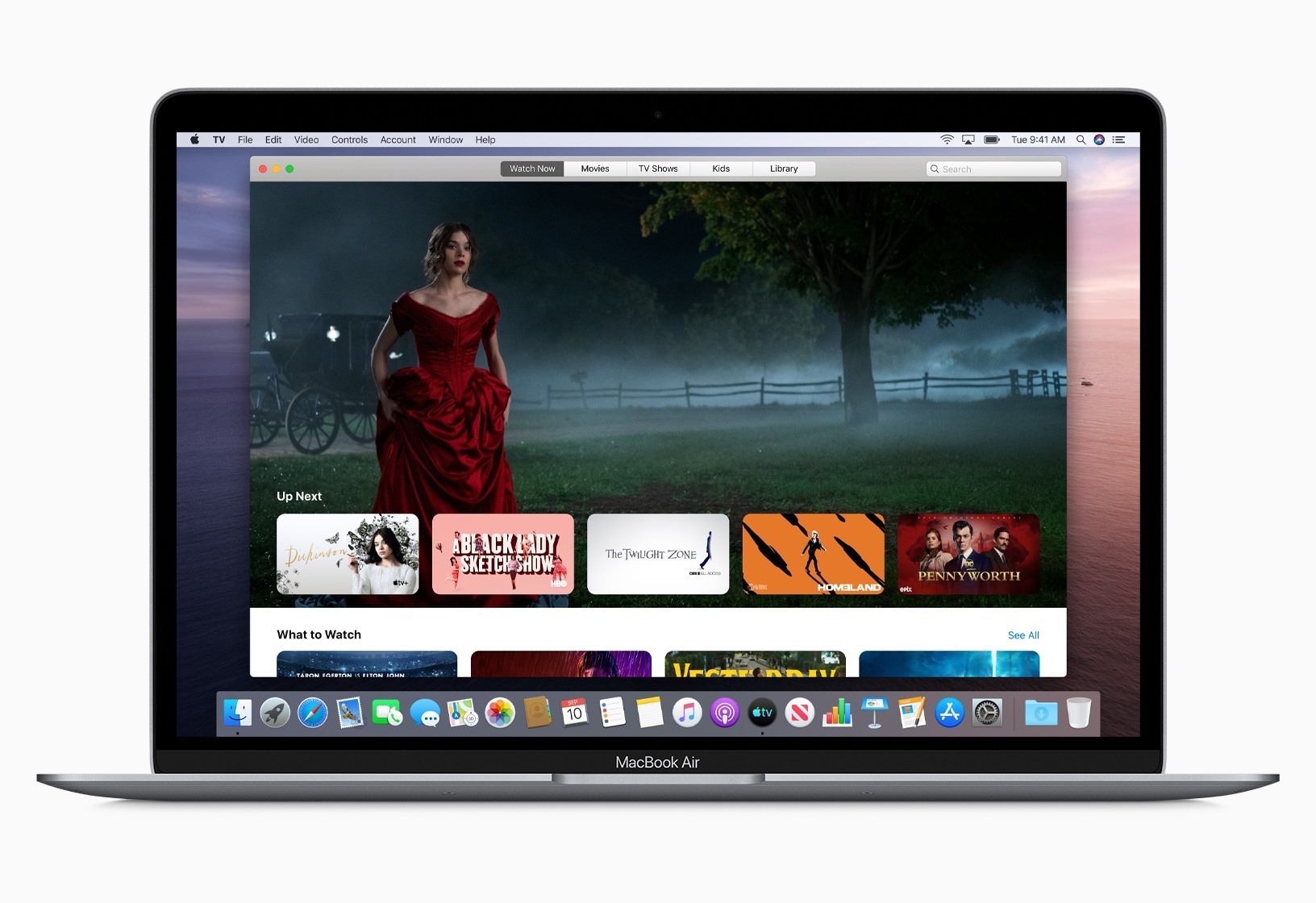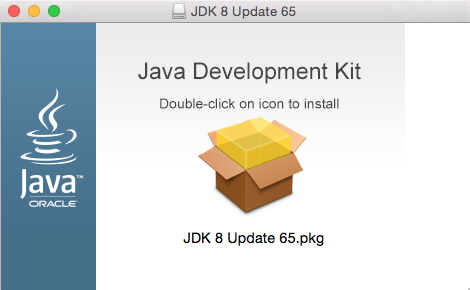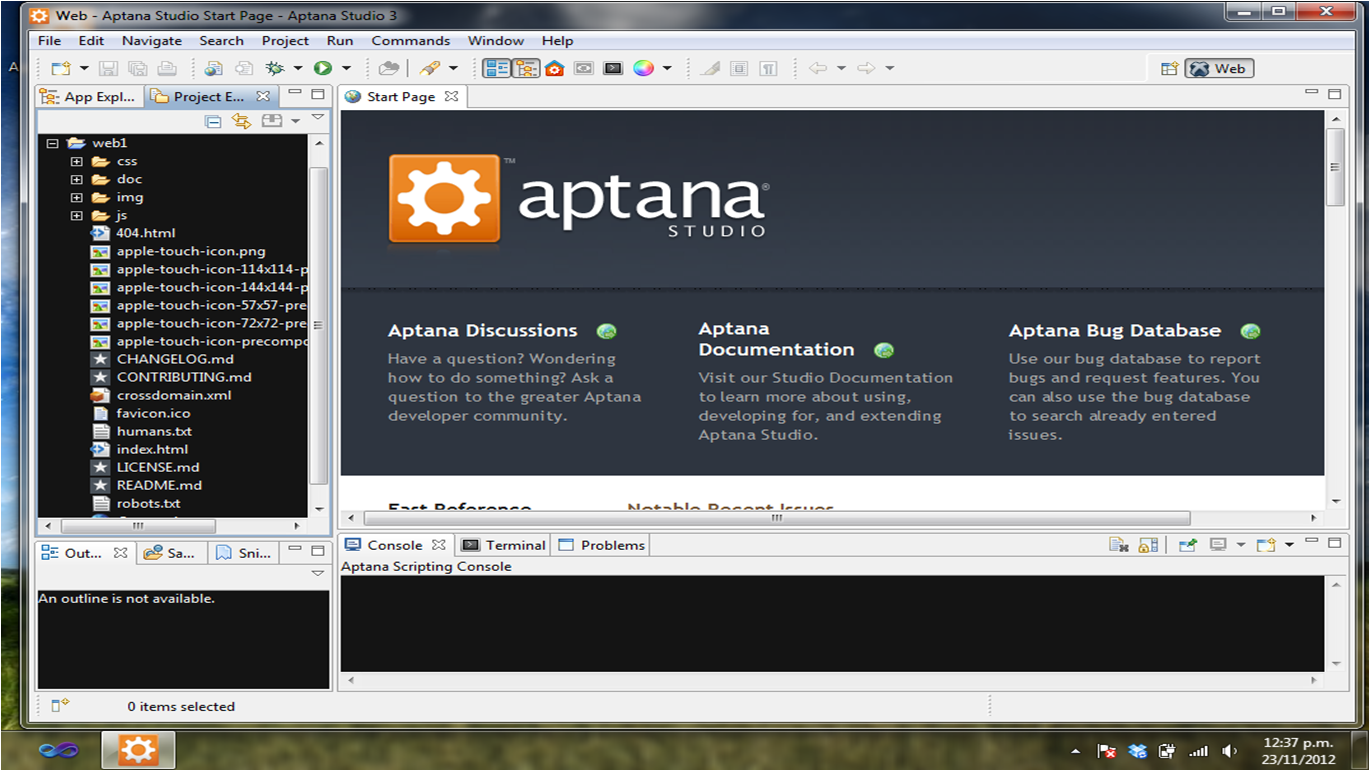- Installing Java 8 and Eclipse on Mac OS X. This page tells you how to download and install Java 8 and Eclipse on Mac OS X, and how to configure Eclipse. Installing Java 8. Go to the Oracle website. You'll see something like this.
- How to install Java JDK (Java Development kit 12) on Mac OS. Download and install Java on Mac OS X. We will also update the JAVAHOME environment variable neede.
- Download And Install Java 8 On Macbook
- Jre-8u261-linux-i586.tar.gz
- Download Java 8 For Mac
- Install Java 8 Mac Os
Mar 04, 2020 In this tutorial, we installed the Java 8 and Java 11 via Homebrew (Step 1), and Java 14 manually (Step 2), so this Mac has three versions now. And the Mac is using the JDK 14. And the Mac is using the JDK 14.
This page describes how to install and uninstall JDK 8 for OS X computers.
This page has these topics:
See 'JDK 8 and JRE 8 Installation Start Here' for general information about installing JDK 8 and JRE 8.
See 'OS X Platform Install FAQ' for general information about installing JDK 8 on OS X.
System Requirements
Observe the following requirements:
Any Intel-based computer running OS X 10.8 (Mountain Lion) or later.
Administrator privileges.
Note that installing the JDK on OS X is performed on a system wide basis, for all users, and administrator privileges are required. You cannot install Java for a single user.
Installing the JDK also installs the JRE. The one exception is that the system will not replace the current JRE with a lower version. To install a lower version of the JRE, first uninstall the current version as described in 'Uninstalling the JRE'.
JDK Installation Instructions

When you install the Java Development Kit (JDK), the associated Java Runtime Environment (JRE) is installed at the same time. The JavaFX SDK and Runtime are also installed and integrated into the standard JDK directory structure.
Depending on your processor, the downloaded file has one of the following names:
jdk-8uversion-macosx-amd64.dmgjdk-8uversion-macosx-x64.dmg
Where version is 6 or later.
Download the file.
Before the file can be downloaded, you must accept the license agreement.
From either the Downloads window of the browser, or from the file browser, double click the
.dmgfile to launch it.A Finder window appears containing an icon of an open box and the name of the
.pkgfile.Double click the package icon to launch the Install app.
The Install app displays the Introduction window.
Note:
In some cases, a Destination Select window appears. This is a bug, as there is only one option available. If you see this window, select Install for all users of this computer to enable the Continue button.Click Continue.
The Installation Type window appears.
Click Install.
A window appears that says 'Installer is trying to install new software. Type your password to allow this.'
Enter the Administrator login and password and click Install Software.
The software is installed and a confirmation window appears.
Refer to
http://www.oracle.com/technetwork/java/javase/downloads/jdk-for-mac-readme-1564562.htmlfor more information about the installation.After the software is installed, delete the
.dmgfile if you want to save disk space.

Determining the Default Version of the JDK
If you have not yet installed Apple's Java OS X 2012-006 update, then you are still using a version of Apple Java 6 that includes the plug-in and the Java Preferences app. See 'Note for Users of OS X that Include Apple Java 6 Plug-in'.
There can be multiple JDKs installed on a system, as many as you wish.
When launching a Java application through the command line, the system uses the default JDK. It is possible for the version of the JRE to be different than the version of the JDK.
You can determine which version of the JDK is the default by typing java -version in a Terminal window. If the installed version is 8u6, you will see a string that includes the text 1.8.0_06. For example:
Download And Install Java 8 On Macbook
To run a different version of Java, either specify the full path, or use the java_home tool:
For more information, see the java_home(1) man page.
Uninstalling the JDK
To uninstall the JDK, you must have Administrator privileges and execute the remove command either as root or by using the sudo(8) tool.
For example, to uninstall 8u6:
Do not attempt to uninstall Java by removing the Java tools from /usr/bin. This directory is part of the system software and any changes will be reset by Apple the next time you perform an update of the OS.
You may want to print these instructions before proceeding, so that you can refer to them while downloading and installing Java. Or, just keep this document in your browser. You should read each step completely before performing the action that it describes. This document shows downloading and installing Java 8 on Windows 7 in Summer 2015. You should download and install the latest Java.

Java
The following instructions were composed for installing Sun Java 1.8.0_60 (aka Java SE Development Kit (JDK) 8, Update 60). The version you download may be newer. The current is Version 8 Update 121. Note: Java is already installed as part of Mac OS X, so no further installation is necessary if you have recently purchased one of these machines. You can determine whether you have the right version by typing
to the unix command prompt on Mac OS X; the response should be something like java version '1.8.0_60'; it does not have to be this exact update, but it needs to be at least '1.8...'
The Java download requires about 250 MB of disk space; keep it on your machine, in case you need to reinstall Java. When installed, Java requires about an additional 550 MB of disk space.
Jre-8u261-linux-i586.tar.gz
Downloading
- Click Java Downloads.
The following page will appear in your browser.
- Click the Accept License Agreement radio button.
Click jdk-8u60-macosx-x64.dmg in the 'Download' column.This file should start downloading into your standard download folder. It is about 250Mb, so it might take a few minutes to download.
The file should appear as
Terminate the window browsing the Java download page. - Move this file to a more permanent location, so that you can install Java (and reinstall it later, if necessary).
- Start the Installing instructions directly below.
Installing
- Double click the jdk-8u60-macosx-x64.dmg file that you just downloaded and moved.
In a few seconds a pop-up window titled JDK 8 Update 60 will appear.
- Double click the box icon.
An Install JDK 8 Update 60 pop-up window will appear, with Introduction highlighted.
- Click the Continue button.
An Install JDK 8 Update 60 pop-up window will appear, with Installation Type highlighted (my installation skipped highlighting Destination Select).
- Click the Install button.
A pop-up window will appear, asking you to enter you password.
- Enter you password and click the Install Software button.
A pop-up window will appear, with Installation highlighted. It will show a gray progress bar as the various parts of the installation are finished.
When finished, a pop-up window will appear, with Summary highlighted (and The installation was completed successfully).
- Click Close.
You may close the original Double click icon to install window.
- If you can start a terminal window, you can test the Java installation by typing java -version in it. It should show.
After seeing this message (or an error message), terminate the terminal window. If you see a disk drive icon on the desktop with the name of the file you downloaded, you can put it in the trash.
Download Java 8 For Mac
. This folder should contain a bin and
Install Java 8 Mac Os
lib folder, and some miscellaneous files.You may now follow the instructions to download and install Python or C++ and/or the Eclipse IDE (for Python, Java, or C++). Note: you need to download/install Java even if you are using Eclipse only for Python)
